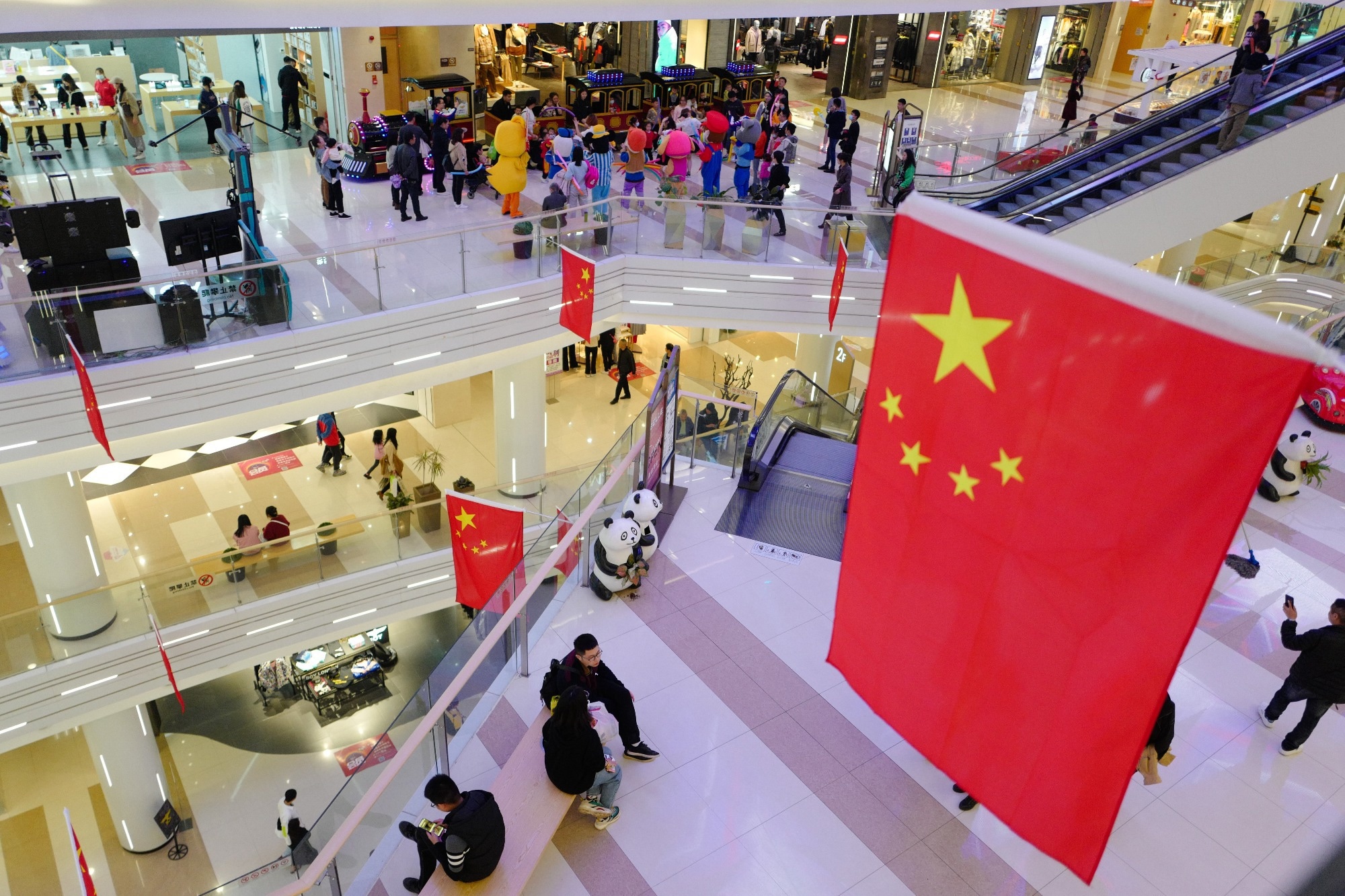SARS-CoV-2 transmission was not persistently observed in China prior to December 2022 due to the implementation of the dynamic zero-COVID health strategy at a national level. However, overseas COVID-19 cases have been detected frequently in the country in the previous three years. The recent upsurge in COVID-19 case counts among Chinese individuals has raised concerns regarding the continual SARS-CoV-2 evolution in the country. Therefore, analyzing the phylogenetic and epidemiological characteristics with continued SARS-CoV-2 surveillance efforts is critical in reducing the global health burden of COVID-19.
 Study: Characterisation of SARS-CoV-2 variants in Beijing during 2022: an epidemiological and phylogenetic analysis. Image Credit: humphery / Shutterstock
Study: Characterisation of SARS-CoV-2 variants in Beijing during 2022: an epidemiological and phylogenetic analysis. Image Credit: humphery / Shutterstock
About the study
In the present study, researchers characterized SARS-CoV-2 strains circulating in Beijing in 2022.
Respiratory specimens were obtained from local and overseas COVID-19 cases detected in Beijing in the previous three years (specimens analyzed in the present study were of the period from January to December 2022) and selected randomly for further analyses. SARS-CoV-2 ribonucleic acid (RNA) was extracted from the specimens and subjected to polymerase chain reaction (PCR) analysis and next-generation sequencing for generating SARS-CoV-2 genomes.
In addition, population dynamics and phylogenetic analyses were performed using full-length and high-quality SARS-CoV-2 sequences. Confirmed COVID-19 case counts were determined using daily reports provided by the Municipal health commission of Beijing between January 1 and December 28, 2022. Laboratory-based SARS-CoV-2 testing was performed by the CDC (Center for Disease Prevention and Control), hospital laboratories, and other SARS-CoV-2 testing laboratories.
Confirmed cases were based on positive reports for SARS-CoV-2 open reading frame 1ab (ORF1ab) and nucleocapsid (N) gene presence. The team obtained data on the demographic characteristics of the participants using questionnaires by interviewing COVID-19 patients, or their relatives, members of their families, and healthcare professionals supplemented with health records.
Information obtained from the participants was de-identified and analyzed by two professional individuals. A total of 1,686 (out of 4,845) cases of local SARS-CoV-2 infections were sequenced prior to November 14, 2022, of which the team randomly selected 350 local COVID-19 cases and subjected them to sequencing analysis between November 14 and December 20, 2022. In addition, 824 overseas cases were selected randomly and sequenced. In total, 3,745 specimens were recruited from the confirmed COVID-19 cases for sequencing analysis between January 1 and December 20 in Beijing.
Respiratory specimens comprised sputum, oropharyngeal swab specimens, and nasopharyngeal swab specimens, provided by district-level CDC centers, airport quarantine, and hospitals in the city of Beijing from January 1 to December 20 2022. In addition to the analysis, the PubMed database was searched for studies conducted during the COVID-19 pandemic in late 2022 in China, published in the English language till December 28, 2022.
Results
In total, 39,007 cases of local SARS-CoV-2 infections were detected in Beijing, between January 1 and November 30, 2022, with mean patient age of 40.0 years, among whom the majority of affected individuals were males. In addition, the team observed a single local SARS-CoV-2 outbreak in Beijing before November 14, involving 2,230 local SARS-CoV-2 infections across 17 Beijing districts. However, 2,600 overseas cases of SARS-CoV-2 infections were observed between January 1 and December 28 in Beijing but were relatively lesser between April and August 2022.
In total, 2,994 full-length SARS-CoV-2 genomic sequences were obtained, of which 2,881 high-quality sequences were analyzed further. Between November 14 and December 20, 413 specimens were sequenced, of which 63 and 350 belonged to overseas and local SARS-CoV-2 infection cases, respectively. All sequences were of known SARS-CoV-2 strains, with 114 sequences and 2,767 sequences of the SARS-CoV-2 Delta variant and SARS-CoV-2 Omicron variant, respectively, rather than of novel SARS-CoV-2 variants.
The findings indicated that the recent COVID-19 upsurge in Beijing occurred due to the simultaneous circulation of two subvariants of Omicron, the BF.7 strain (n=265,76%), and the BA.5.2 strain (n=57, 16%), causing 315 out of 350 local COVID-19 cases sequenced (90%) in the study, since November 14, 2022. In addition, BA.5.1 was detected in 27 cases (8.0%).
The team detected ≤16.0 subvariants in overseas cases, among which 32% (n=20), 22% (n=14), and 10% (n=six) of strains were identified as BQ.1, BA.5.2, and XBB.1, respectively. No statistically significant differences were noted in the percentages of SARS-CoV-2 strains between hospitalized individuals and outpatients (odds ratio of 1.2).
The effective size of the population infected by BF.7 and BA.5.2 increased in Beijing after November 14, 2022, indicating increased genomic diversity in the two subvariants. The proportion of BA.5.2-infected individuals increased considerably around November 30, whereas the number of BF.7 infection patients expanded gradually from November 14 onward. The team found no article that described the COVID-19 pandemic in China in late 2022.
Overall, the study findings showed that the recent COVID-19 upsurge in Beijing occurred due to simultaneous BF.7 and BA.5.2 circulation rather than a new SARS-CoV-2 variant. The findings could be generalized to China since Beijing has been considerably affected by the post-COVID-19 policy adjustment, the circulation of highly transmissible SARS-CoV-2 strains, and frequent population exchange in the city.